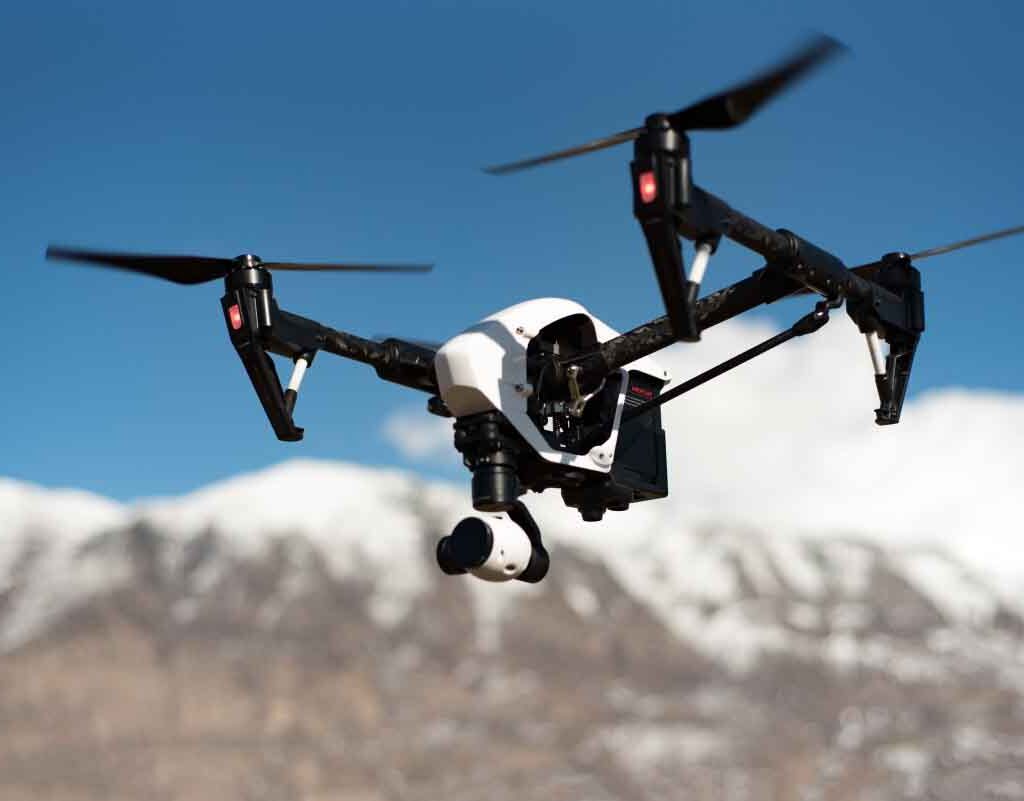Cademix Institute of Technology, Vienna, Austria | +43 650 967 7080 | info@cademix.org


Cademix Institute of Technology
Job seekers Portal for Career Acceleration, Continuing Education, European Job Market
People also visited:
CV writing tips for freshers
Everything You Need to Know About Contact Lenses
Learning By Doing
How Can We Enhance The Sensitivity of Antibody Biosensors?
Ranking the Ranks: Who Tops the Influencer Charts?
5 easy ways to never run out of new ideas
Moody Lenses: Stylish and High-Quality Contact Lenses
Job Consultancy Services in Europe
The ABCs of Rental Inquiries in Germany and Austria: Effective Communication Tactics with Landlords
Exploring the New ChatGPT Desktop App: Features and Benefits
Skills for material engineers and industrial requirements
Effective Communication Strategies for Event Managers
Astigmatism Contacts: Understanding the Science and Technology Behind Vision Correction
Top Skills and Facilities Every Optometrist Should Know
Healthy Food Production Challenges in Developing Countries
Innovative Techniques in Interior Design: Combining Functionality and Aesthetics
A Game Theory Model of Opportunism Behavior in Auctions
The Future of Content Moderation: Balancing Free Speech and Platform Responsibility
Establishing an Eye Center: Business Models and Key Considerations for Business Owners and Investors
Optometrist Germany: Opportunities, Education, and Professional Pathways
Chat GPT: Revolutionizing Conversational AI
Eye Associates: Comprehensive Eye Care Services for Optimal Vision Health
Precision Farming System: Revolutionizing Agriculture with Technology
Best Career Choice Tips
People also visited:
Legal Careers in Europe: Opportunities for International Lawyers
The Death of Fact-Checking? How Major Platforms are Redefining Truth in the Digital Age
The Role of Creativity in Event Planning: Think Outside the Box
The ABCs of Rental Inquiries in Germany and Austria: Effective Communication Tactics with Landlords
3D Printing in Medical Industry
Video CV: 2023 Strategic Approach to Stand Out in the Competitive Job Market
How CRM Enhances the Trust Quadrant of Content Matrix in 2025
3D Printing Business Overview by Javaid Butt
Chemistry Lab Skills and Various Strategies for Developing Them
Color Contacts for Astigmatism: Benefits, Risks, and Important Considerations
Optimierung der Effizienz in der Hochspannungsstromübertragung zur Integration erneuerbarer Energien
EU Public Funding for Companies and Remarkable Evaluation Criteria
Scrum in Pharma Industry and Agile Drug Development
Oasys Contact Lenses: A Detailed Review of Their Advantages and Disadvantages
Comprehensive Guide to Simple Resume Format: How to Create, Customize, and Use Simple Resumes Effect...
The New Standards of Digital Content Responsibility: Why Users Must Take the Lead
The Synergy Between Art Deco Architecture and Modern Interior Design
6 best ways to maintain your product agility within a non-agile environment
Exploring Career Opportunities in Locum Optometrist Jobs
European Language Proficiency Tests: CEF vs. IELTS and TOEFL
1-Day Acuvue Moist Multifocal: Convenience and Clear Vision for Presbyopia
Phoropter - Essential Tool in Optometry
Client Inquiry Guidelines: Setting Expectations for Response Times
Discreet Censorship Approach to Maintaining a Healthy Social Media Community





